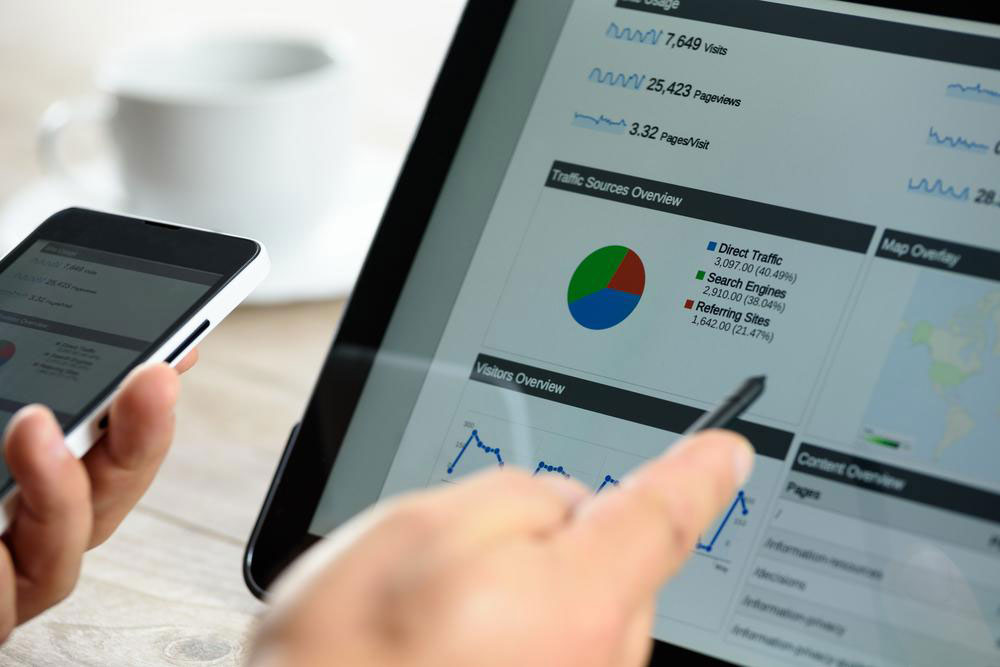Leveraging Business Intelligence and Analytics for Sustainable Growth
Discover how integrating Business Intelligence and Analytics can significantly boost your company's growth. This comprehensive guide explores the benefits, tools, and strategic applications of these data-driven technologies. Learn how to harness historical and predictive insights to optimize operations, improve decision-making, and foster sustainable development for your organization.

Leveraging Business Intelligence and Analytics for Sustainable Growth
In today’s competitive marketplace, organizations are increasingly turning to advanced data-driven strategies to fuel their growth. Business Intelligence (BI) and Analytics are two powerful tools that, when combined effectively, enable companies to make smarter decisions, optimize operations, and forecast future trends with greater accuracy. Implementing robust BI and Analytics frameworks is no longer optional but a strategic necessity to stay ahead in dynamic industries. This article explores the nuances of both approaches, their benefits, and practical ways to leverage them for sustainable organizational success.
Business Intelligence primarily focuses on analyzing historical and real-time data to support immediate decision-making and operational efficiencies. It involves collecting, processing, and visualizing data to provide insights into current business performance. On the other hand, Business Analytics delves deeper by applying statistical methods, predictive models, and data mining techniques to explore potential future scenarios, enabling proactive planning. Although these terms are interrelated, understanding their unique roles is critical for designing an effective data strategy. BI helps organizations understand what has happened and what is happening, while Analytics emphasizes predicting what might happen and recommending actions to capitalize on emerging opportunities.
Adopting an integrated BI and Analytics system brings numerous strategic advantages, empowering businesses to remain agile and competitive. These tools help streamline data management, improve decision quality, and foster a culture of continuous improvement. Below are some key benefits that organizations can derive from these sophisticated technologies.
Streamlined Data Management and Integration
Modern BI and Analytics platforms facilitate centralized storage and seamless integration of vast datasets from multiple sources. This consolidation simplifies data access, reduces redundancy, and ensures data consistency across departments, enabling more accurate analysis and reporting. Efficient data management allows organizations to leverage their historical data repositories effectively, turning raw data into strategic assets.
Enhanced Strategic and Operational Planning
Insights derived from BI tools support the development of targeted marketing campaigns, optimized supply chains, and improved customer service. Interactive dashboards and real-time reports enable managers to monitor KPI metrics and adjust strategies swiftly. For instance, market trends identified through analytics can inform product development and business expansion plans, leading to sustained growth.
Optimized Financial and Resource Management
BI and Analytics assist in precise budgeting, resource allocation, and financial forecasting. Businesses can spot inefficiencies, identify cost-saving opportunities, and allocate investments where they generate the highest return. Consequently, companies can maintain healthy cash flows, control operational expenses, and improve profitability. Financial teams benefit from automated reporting that minimizes manual errors and accelerates decision timelines.
Leveraging these technologies is crucial for crafting effective marketing strategies, managing budgets efficiently, and maintaining fiscal health. Advanced analytics tools help pinpoint wasteful expenditure across departments and enterprises, promoting a culture of cost consciousness. Popular BI platforms include Microsoft Power BI, Tableau, Sisense, Dundas, and Zoho Analytics, which provide intuitive interfaces and powerful visualization capabilities. For analytics, widely-used tools encompass SAS, R, Python, and Excel, offering robust statistical and predictive modeling functionalities. By integrating BI and Analytics, organizations can enhance their understanding of past and present performance while proactively shaping future directions—driving innovation, customer satisfaction, and competitive advantage. Proper utilization of these data science techniques ensures organizations are better equipped to navigate market changes and achieve long-term success.





